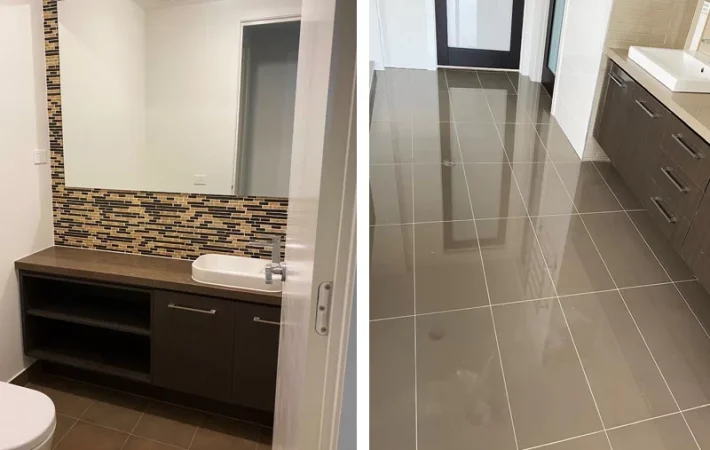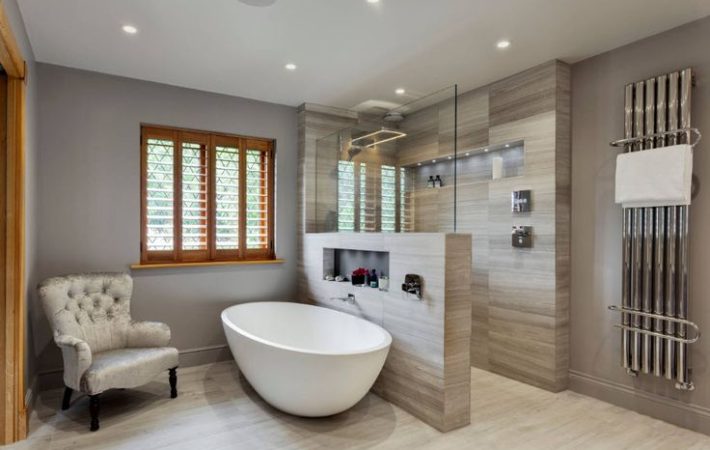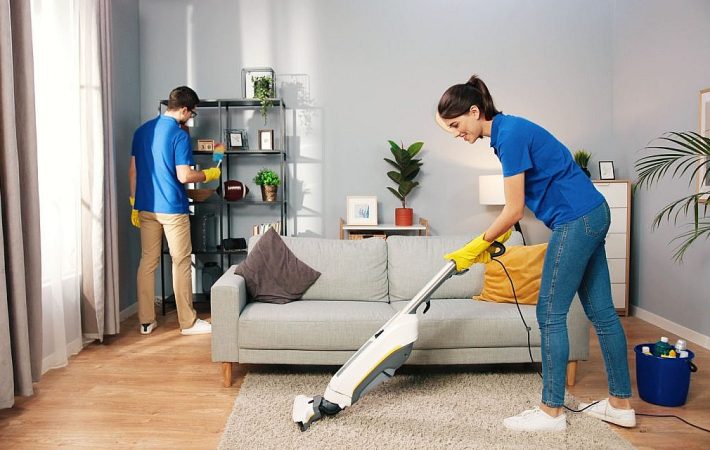Automatic sliding doors are a staple in modern architecture, providing seamless access and enhancing the convenience of high-traffic areas. Their efficient operation and sleek appearance make them a preferred choice for commercial spaces, hotels, healthcare facilities, and even upscale residences. However, to ensure that these sliding auto doors continue to function optimally and look great over time, regular maintenance is crucial. In this blog post, we will explore essential maintenance tips for automatic sliding doors, helping you maximize their longevity and performance.
Understanding the Importance of Maintenance
Automatic sliding doors are sophisticated systems that rely on various components working in harmony. Regular maintenance is essential to keep these components in good condition, prevent breakdowns, and avoid costly repairs. Proper upkeep not only extends the life of the doors but also ensures smooth operation, enhances safety, and maintains the aesthetic appeal of your property.
Routine Cleaning and Inspections
1. Regular Cleaning
Keeping your automatic sliding doors clean is fundamental for their performance and appearance. Dirt, dust, and debris can accumulate on the tracks and glass surfaces, potentially affecting the door’s operation and visual appeal.
Cleaning Glass Panels
The glass panels of automatic sliding doors should be cleaned regularly to maintain their clarity and shine. Use a mild glass cleaner and a soft cloth to avoid scratching the surface. For stubborn stains, a mixture of water and vinegar can be effective. Be sure to clean both sides of the glass to ensure a clear view and prevent the buildup of grime.
Cleaning Tracks and Rollers
The tracks and rollers are critical components that facilitate the smooth movement of sliding auto doors. Over time, these parts can collect dust and debris, which may hinder their performance. Use a vacuum or a soft brush to remove loose debris from the tracks. Follow up with a damp cloth to clean any remaining dirt. Avoid using excessive water or harsh chemicals, as these can damage the components.
2. Inspecting Components
Regular inspections help identify potential issues before they escalate into major problems. Check the following components during your routine inspections:
Tracks and Rollers
Examine the tracks and rollers for signs of wear, damage, or misalignment. Ensure that the tracks are free from debris and that the rollers are operating smoothly. Look for any unusual noises or irregular movements that might indicate a problem.
Sensors and Safety Features
Automatic sliding doors are equipped with various sensors and safety features to ensure smooth operation and user safety. Test the sensors regularly to ensure they detect obstructions accurately and trigger the appropriate response. Check for any warning lights or error messages that might indicate a malfunction.
Lubrication and Adjustment
1. Lubricating Moving Parts
Proper lubrication is essential for the smooth operation of automatic sliding doors. Lubrication reduces friction, minimizes wear and tear, and helps prevent noisy operation.
Choosing the Right Lubricant
Use a lubricant specifically designed for sliding auto doors. Avoid using WD-40 or other general-purpose lubricants, as they can attract dirt and cause more harm than good. Silicone-based lubricants are often recommended for their long-lasting performance and resistance to dust accumulation.
Applying Lubricant
Apply the lubricant to the tracks, rollers, and other moving parts. Avoid over-lubricating, as excess lubricant can attract dust and debris. Wipe away any excess with a clean cloth to prevent it from spreading to other areas.
2. Adjusting Door Alignment
Over time, automatic sliding doors may become misaligned due to regular use or external factors. Misalignment can lead to uneven operation, increased wear on components, and potential safety hazards.
Checking Alignment
Inspect the alignment of the door panels and ensure that they are parallel and level. Check the gaps between the door and the frame to ensure they are consistent. Misalignment can often be corrected by adjusting the rollers or hinges.
Making Adjustments
Follow the manufacturer’s guidelines for adjusting the door alignment. Use the appropriate tools to make precise adjustments and ensure that the door operates smoothly and evenly. If you’re unsure about making adjustments, consult a professional technician.
Addressing Common Issues
1. Handling Door Jamming
Door jamming is a common issue that can be caused by various factors, including debris in the tracks, misalignment, or faulty components.
Troubleshooting
Start by inspecting the tracks and removing any debris that may be causing the jam. Check the rollers for damage and ensure they are functioning correctly. If the problem persists, there may be an issue with the motor or other internal components.
Professional Help
If you are unable to resolve the jamming issue yourself, it’s advisable to seek professional assistance. A qualified technician can diagnose and repair more complex problems, ensuring that the sliding auto doors are restored to optimal functioning.
2. Dealing with Sensor Malfunctions
Sensor malfunctions can affect the performance and safety of automatic sliding doors. Common issues include sensors that fail to detect obstructions or sensors that cause the doors to open or close erratically.
Checking Sensors
Inspect the sensors for any visible damage or obstructions. Clean the sensor lenses gently to remove any dirt or smudges. Ensure that the sensors are properly aligned and calibrated according to the manufacturer’s specifications.
Calibration and Repair
If cleaning and realignment do not resolve the issue, the sensors may need calibration or repair. Consult the manufacturer’s guidelines or contact a professional technician for assistance with sensor-related problems.
Safety Considerations
1. Ensuring Safe Operation
Safety is a crucial aspect of automatic sliding door maintenance. Regularly check the safety features of the doors to ensure they function correctly and protect users from accidents.
Emergency Override Systems
Verify that the emergency override systems are operational and easily accessible. These systems allow users to manually operate the doors in case of a power outage or system failure. Ensure that the override mechanisms are in good condition and tested regularly.
Safety Sensors
Test the safety sensors to ensure they detect obstructions and stop the doors from closing if something is in the way. Regularly check for any errors or warning lights that might indicate a malfunction.
2. Addressing Wear and Tear
Over time, wear and tear can affect the safety and performance of automatic sliding doors. Regular maintenance helps address these issues and prevent potential hazards.
Replacing Worn Components
Inspect components such as seals, gaskets, and rollers for signs of wear. Replace any worn or damaged parts promptly to maintain the door’s functionality and safety. Using genuine replacement parts ensures compatibility and reliable performance.
Conducting Regular Inspections
Schedule regular inspections by a qualified technician to assess the overall condition of the doors and identify any potential safety concerns. Regular inspections help maintain the doors in optimal condition and address any issues before they become serious problems.
Conclusion
Maintaining automatic sliding doors is essential for ensuring their longevity, performance, and safety. Regular cleaning, lubrication, and inspections are key to keeping these doors in optimal condition. By addressing common issues promptly and paying attention to safety considerations, you can extend the life of your sliding auto doors and enjoy their benefits for years to come. Whether you manage a commercial building, a hotel, or a residential property, following these maintenance tips will help you achieve smooth operation and maintain the aesthetic appeal of your automatic sliding doors.







Leave a comment
Your email address will not be published. Required fields are marked *